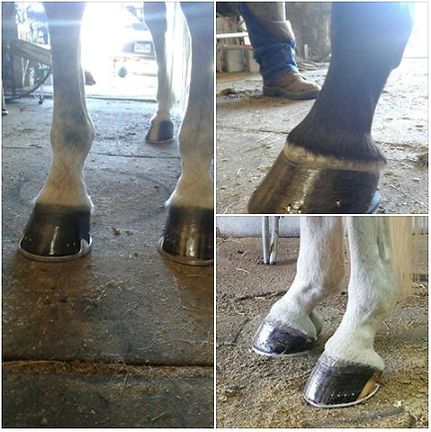Finding and educating clients can be difficult — and stressful — at times. There are tools readily available, though, to make your job easier.
Rosevine, Texas, farrier Ralph Hampton regularly uses social media for both educational and marketing purposes.
“Facebook is wonderful,” he says. “It can be your friend, but you have to work it a certain way. I see the standard stuff, like a business card with Ol’ Johnny’s phone number and a slogan — ‘I’m the best in the west and better than the rest,’ that sort of stuff. I just cringe. It just hurts me, because it doesn’t work.”
Hampton has found success in developing client leads by writing short posts — less than 500 words — for horse owner groups and his clients.
“I found that a few group administrators kicked it back, but 98% of the groups welcome it if you have something interesting to say and it makes sense to them,” he says. “I’ll get 40 direct responses from people who ask me whether I will consider shoeing their horses. Since I’ve been doing this, I’ve had all the leads that I could want.”
The key to Hampton’s posts is using common sense terms with which the horse owner can relate.
“Every farrier should know what a broken back HP axis is, but if you start spitting out those terms, clients will look at you like you just sprouted a head,” he says. “They have no idea what that means. But, if you tell them the horse has crushed heels, they’ll say, ‘Oh yeah, I see that.’”
Horse trading websites have the potential to generate a number of client leads.
“Most of them offer a farrier section,” he says. “They send me one to six leads a day. All you have to do is call people and let them know you’re in their area. They’re not going to know you from Adam, so I let them know that they can visit my Facebook page to take a look at photos of my work. When they do that, they can’t get to the phone quick enough to call back.”
For more tips, read “Putting Service In Customer Service” in the July/August 2017 issue of American Farriers Journal.









Post a comment
Report Abusive Comment